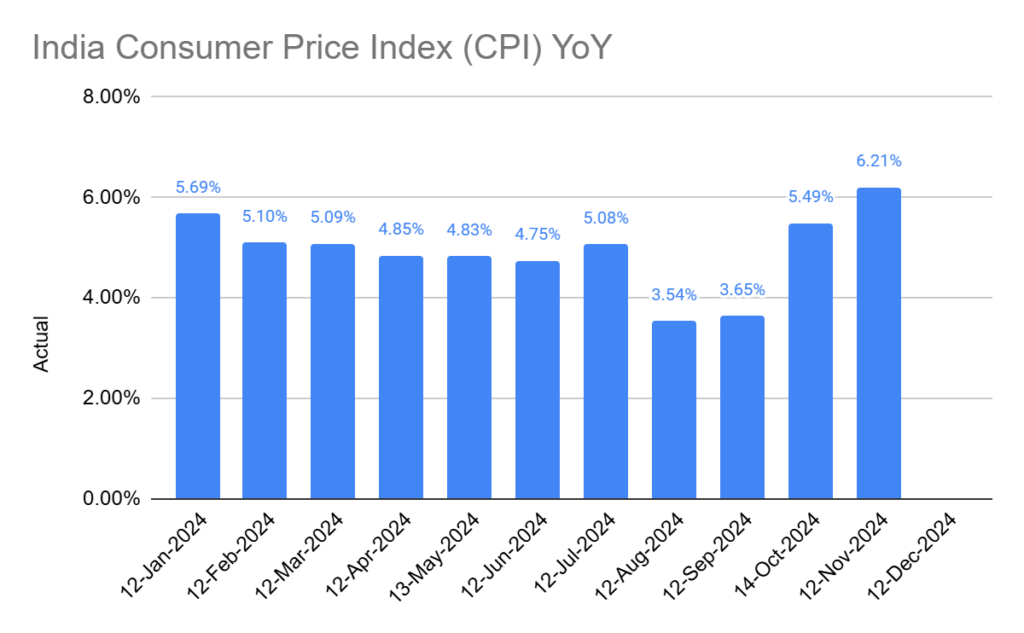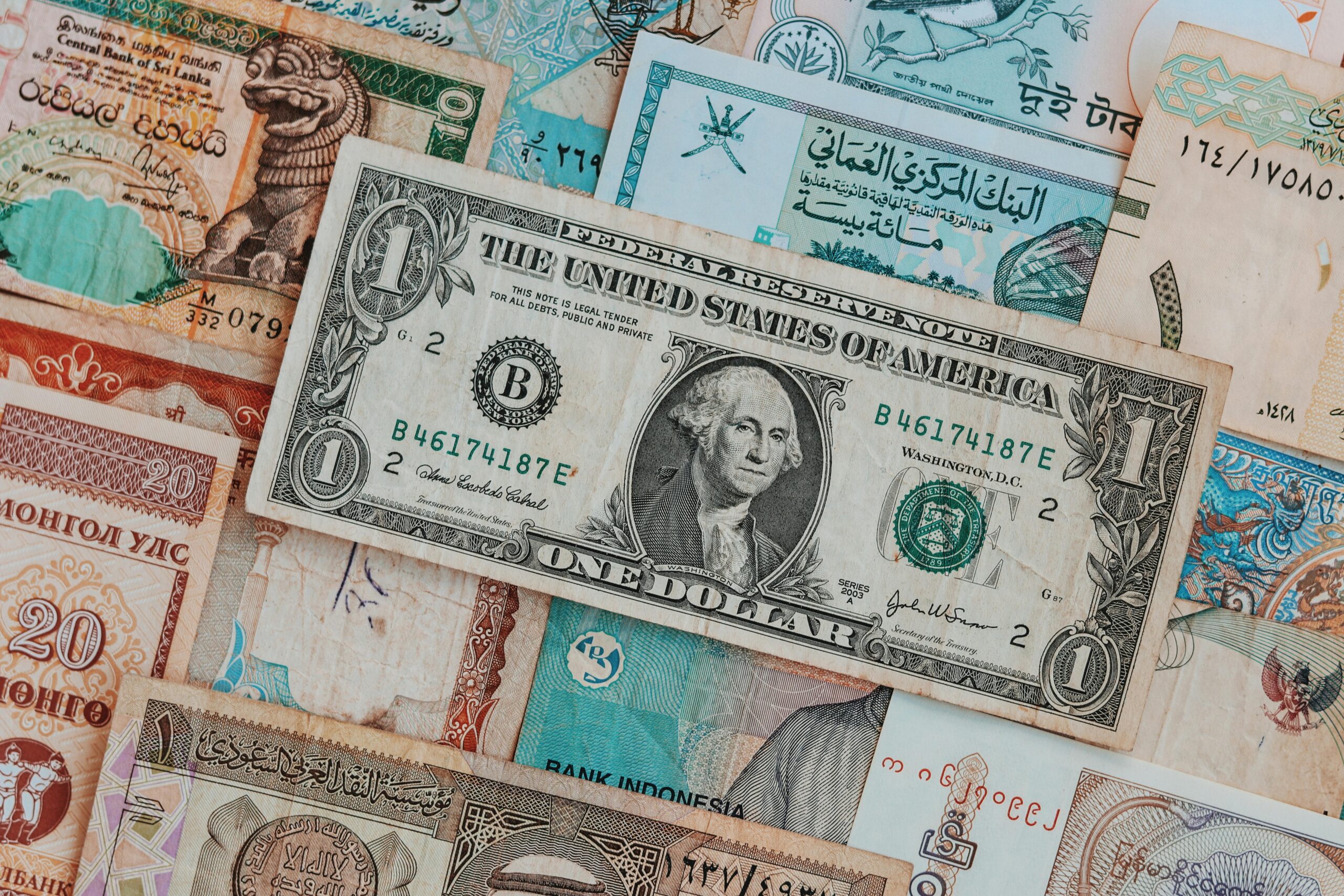
What is the Consumer Price Index (CPI), and Why Does It Matter?
Let’s imagine you visit a store near by your home every month to buy the same items like rice, vegetables, toothpaste, and maybe chocolates, noodles or biscuits. One month, you notice that the prices of your favorite biscuits and toothpaste have gone up. A few months later, the prices of vegetables also increases. You feel like you’re spending more than before, even though you’re buying the same things.
Now imagine this happening to everyone across the country. People start to notice that the prices of everyday goods are changing. This is where something called the Consumer Price Index (CPI) comes in. It helps us keep track of these price changes over time.
What is CPI in Simple Words?
The Consumer Price Index is like a report card that shows how the prices of the things we buy regularly like food, clothes, transportation, and even movie tickets are going up or down. It’s calculated by looking at the average prices of a “basket of goods and services” that people typically use.
Think of it like this: Imagine you have a shopping basket with 10 items like milk, eggs, bread, toothpaste, soap, rice, petrol, school fees, electricity bills, and a pair of shoes. Every month, someone checks how much these items cost. If the total cost of these items goes up, we say prices are increasing. If it goes down, prices are decreasing.
Why Does CPI Matter?
CPI matters because it directly affects our lives. If prices go up (inflation), we spend more to buy the same things. If prices go down (deflation), things become cheaper, but it might also mean the economy is slowing down.
Governments and the Reserve Bank of India (RBI), watch CPI closely. Why? Because their job is to keep the economy stable. If prices are rising too fast, they may take steps to cool things down. If prices are falling too much, they might try to boost the economy.
How Does CPI Affect the Indian Rupee?
Now let’s connect CPI to the Indian Rupee (INR).
- When CPI is High
If the CPI shows that prices are rising more than expected, it can mean the economy is strong. People might think the RBI will raise interest rates to control inflation, making the Rupee more attractive to investors. This can make the INR stronger compared to other currencies. - When CPI is Low
If the CPI shows that prices are not rising much or even falling, it could mean the economy is slowing down. Investors may feel less confident in the INR, which can make it weaker compared to other currencies.
A Simple Example of CPI
Let’s understand CPI with a story.
Imagine Rahul, a 12-year-old boy, gets a weekly allowance of ₹100 to buy snacks and toys. Every week, he buys the same things:
- 2 packets of chips: ₹20 each
- 1 chocolate bar: ₹30
- 1 small toy: ₹30
So, Rahul spends ₹100 every week.
Now, imagine a year later:
- The price of chips increases to ₹25 each.
- The chocolate bar now costs ₹40.
- The small toy stays the same at ₹30.
Rahul’s total spending is now ₹120 instead of ₹100 for the same items. This means the cost of his “basket of goods” has gone up by 20%. This is what CPI measures, the percentage increase or decrease in the cost of everyday items over time.
Why Does CPI Matter to You?
CPI affects us all, whether we realize it or not.
- For families: It helps us understand how much more we need to budget for groceries, school fees, and other necessities.
- For workers: If CPI shows that prices are rising a lot, people may demand higher salaries to keep up with the cost of living.
- For businesses: Companies use CPI to decide how much they should charge for their products or pay their employees.
What Does the Reserve Bank Do?
The Reserve Bank of India (RBI) is like a referee for the economy. When CPI is too high, it means inflation is rising, and RBI may increase interest rates. This makes borrowing money more expensive, which can slow down spending and help bring prices back to normal.
When CPI is too low, RBI might lower interest rates to encourage people to borrow and spend more, boosting the economy.
How to Keep Track of CPI?
CPI is reported regularly by the government. Economists and investors keep a close eye on it because it helps predict what might happen next in the economy.
For example:
- If CPI is higher than expected, it’s often good for the INR because it shows the economy is growing.
- If CPI is lower than expected, it’s usually bad for the INR as it might signal a weak economy.

The Above chart shows the CPI from Jan – till Nov 2024
To Conclude
The Consumer Price Index may sound like a technical term, but it’s something that affects all of us. It’s like a mirror showing us how the cost of living is changing. By understanding CPI, we can make better decisions about saving, spending, and planning for the future.
Next time you notice the price of your favorite snack going up, remember you’ve just experienced a little piece of what CPI measures!
RELATED POSTS
View all


